Quick Answer: Freezing works by stopping harmful microbes and slowing chemical changes that cause food to spoil, all while keeping texture, taste, and nutrition remarkably intact. The trick lies in getting foods cold enough, fast enough, and keeping them at a stable low temperature.
Introduction – Love at First Freeze
There’s something magical about opening your freezer to find perfectly preserved berries, bread, or soup waiting to be enjoyed. Freezing is one of the most effective and widely used methods of food preservation, keeping your meals safe and delicious for weeks—or even months—without the need for added chemicals. But what’s actually going on inside that chilly chamber? Let’s take a closer look at the cold science behind it.
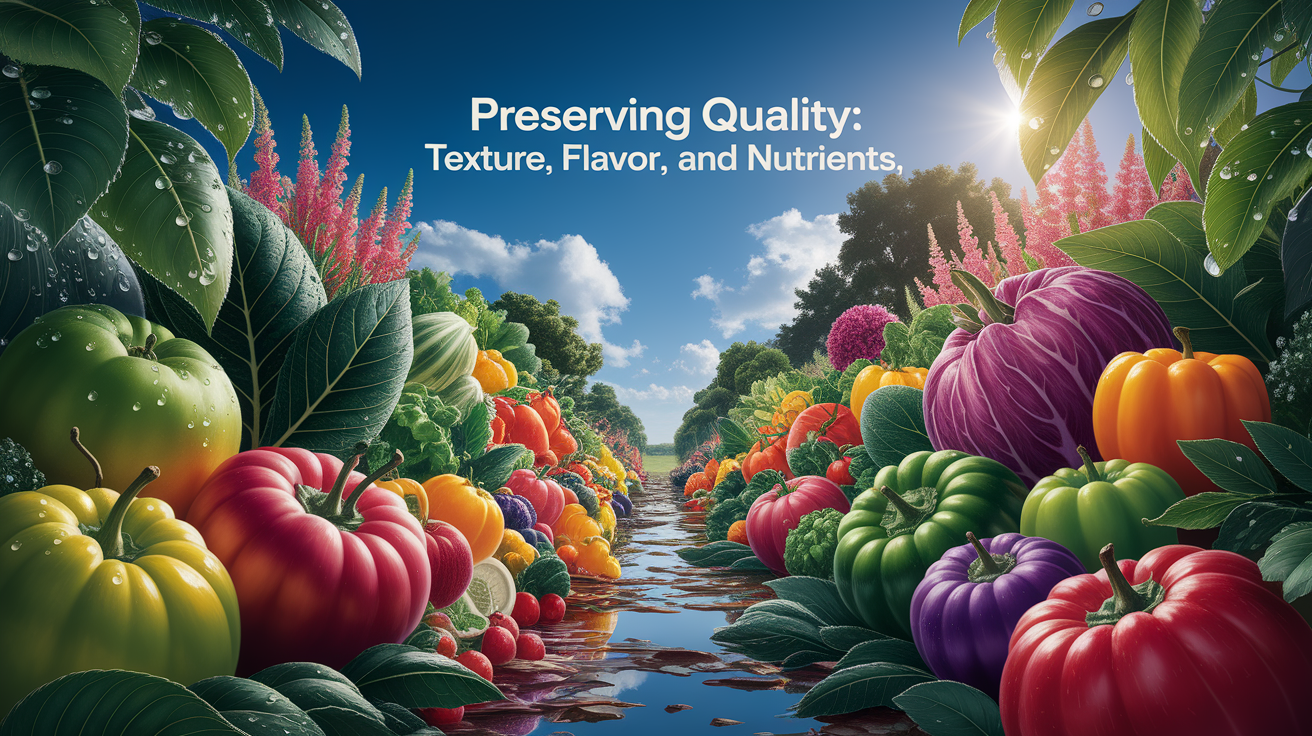
How Freezing Halts Spoilage
To understand freezing’s power, we first need to consider the enemies of food quality: bacteria, mold, and enzymes. These tiny troublemakers thrive when conditions are warm and moist. Freezing changes everything by:
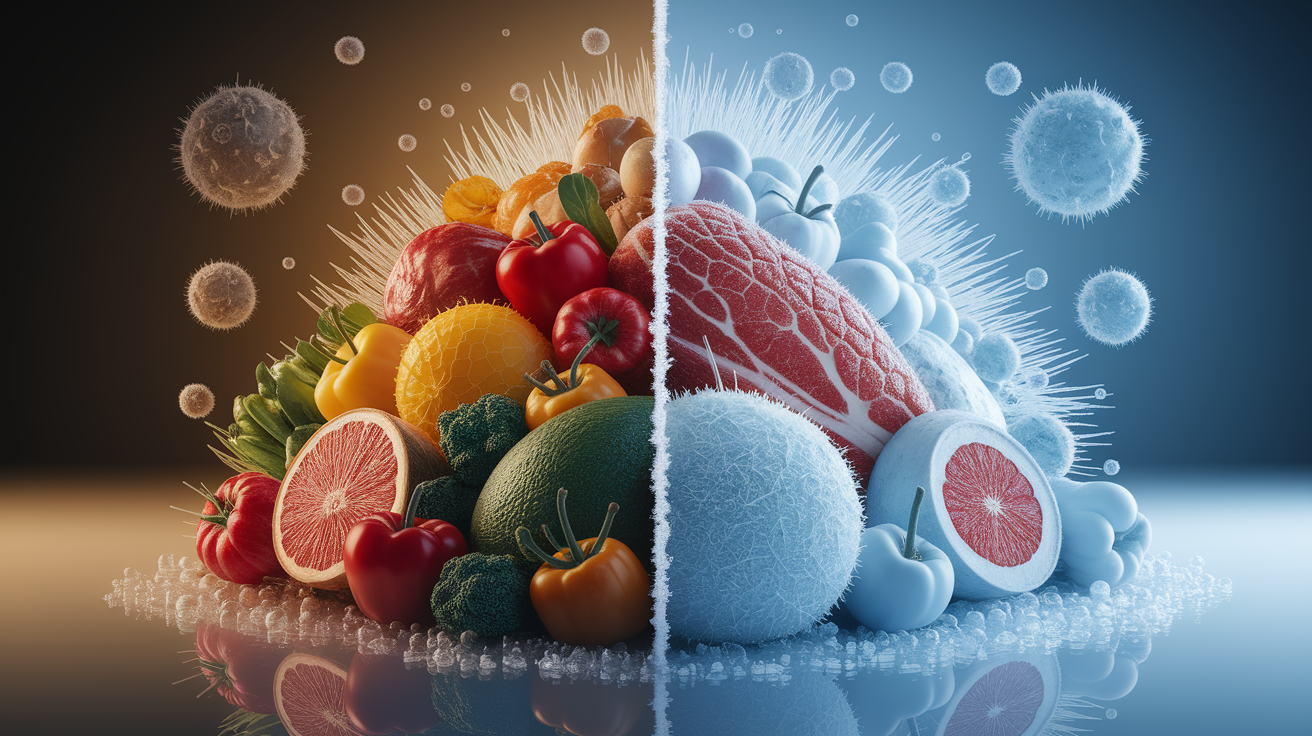
- Lowering the temperature to at least -18°C (0°F), creating an environment where most microorganisms cannot grow (microbial activity inhibition).
- Turning water into ice crystals, which reduces water activity—the moisture microbes need to survive.
- Slowing down chemical reactions like oxidation and enzymatic breakdown, which cause flavor and nutrient loss.
The result? Spoilage grinds to a halt, giving your food a greatly extended shelf life while keeping it safe to eat.
Preserving Quality: Texture, Flavor, and Nutrients
While freezing is fantastic at stopping spoilage, it can also maintain the sensory qualities we love—if done correctly.
Texture and Ice Crystals
Small ice crystals are your best friends when freezing food. Rapid freezing generates many tiny crystals that cause minimal cellular damage, preserving texture and reducing moisture loss during thawing. Slow freezing, however, can create large crystals that rupture cells, leading to mushy, watery results.
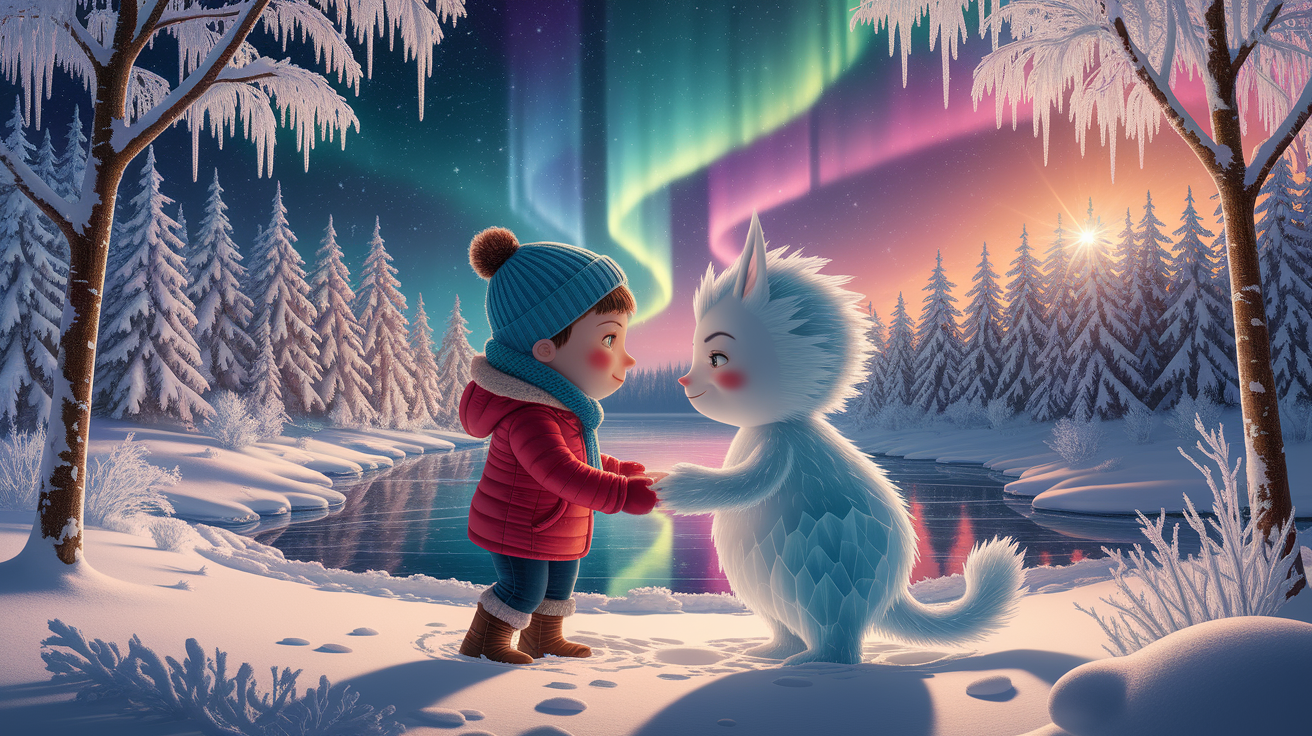
Flavor Retention
By locking down chemical changes and moisture loss, freezing helps flavors stay vibrant. Airtight packaging also prevents odors from circulating and mixing, which is key to avoiding off-tastes.
Nutritional Value
Freezing can retain nutrients exceptionally well—especially when food is frozen promptly and blanched if necessary. According to Food Smart Colorado, vitamins, minerals, and antioxidants remain largely intact because enzymatic and oxidative processes are slowed to a crawl.
Best Practices for Effective Freezing
Not all freezing is created equal. To get the best results:
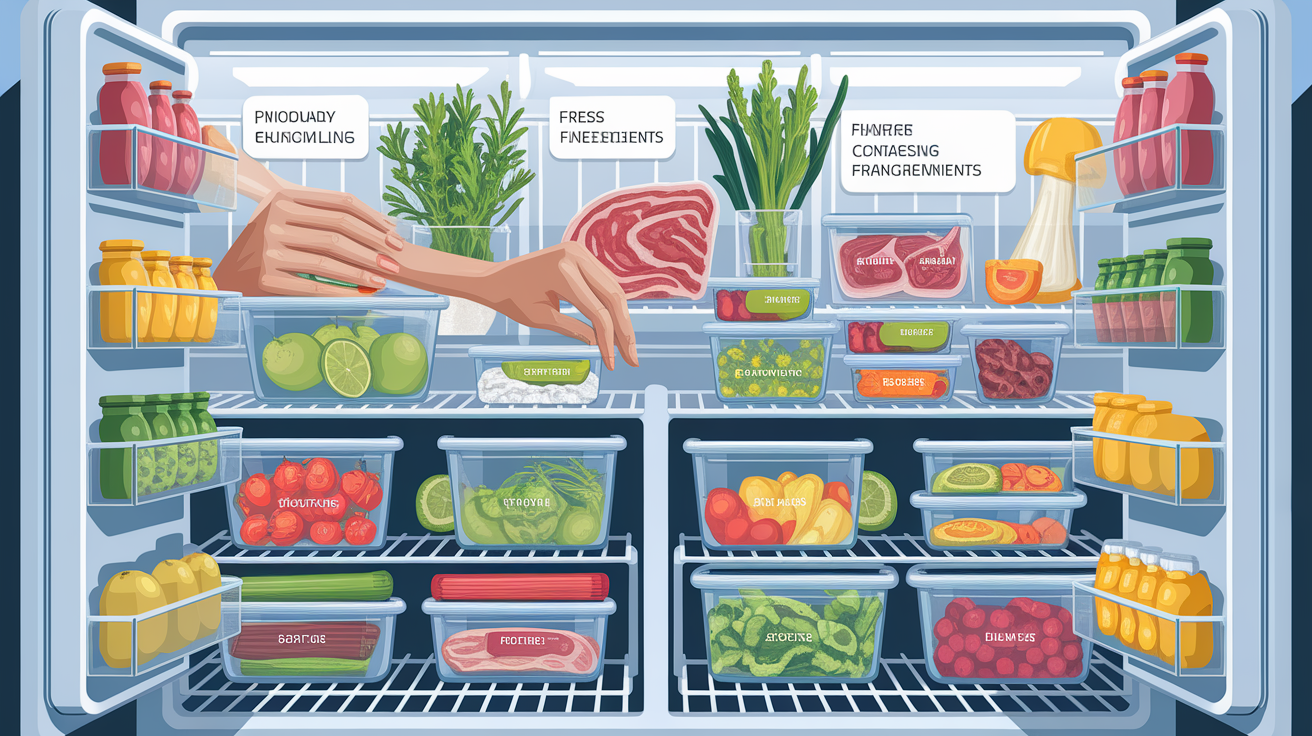
- Freeze quickly to form small ice crystals and protect texture (NCHFP guidelines).
- Maintain a stable temperature at or below -18°C (0°F).
- Blanch vegetables to inactivate enzymes before freezing.
- Use airtight packaging to prevent freezer burn—consider vacuum sealing for maximum protection.
- Divide large portions into smaller packages to speed freezing and ease thawing.
- Label food with contents and date to track shelf life.
And remember: avoid repeated freeze-thaw cycles. Each thaw invites microbial activity, enlarges ice crystals, and reduces food quality.
Cutting-Edge Freezing Innovations
Research is making freezing even better. Scientists are exploring targeted technologies to control ice crystal formation and preserve delicate textures in specialty foods. One promising area involves understanding the glass transition temperature, the point where water in food becomes fully immobilized, minimizing chemical changes.
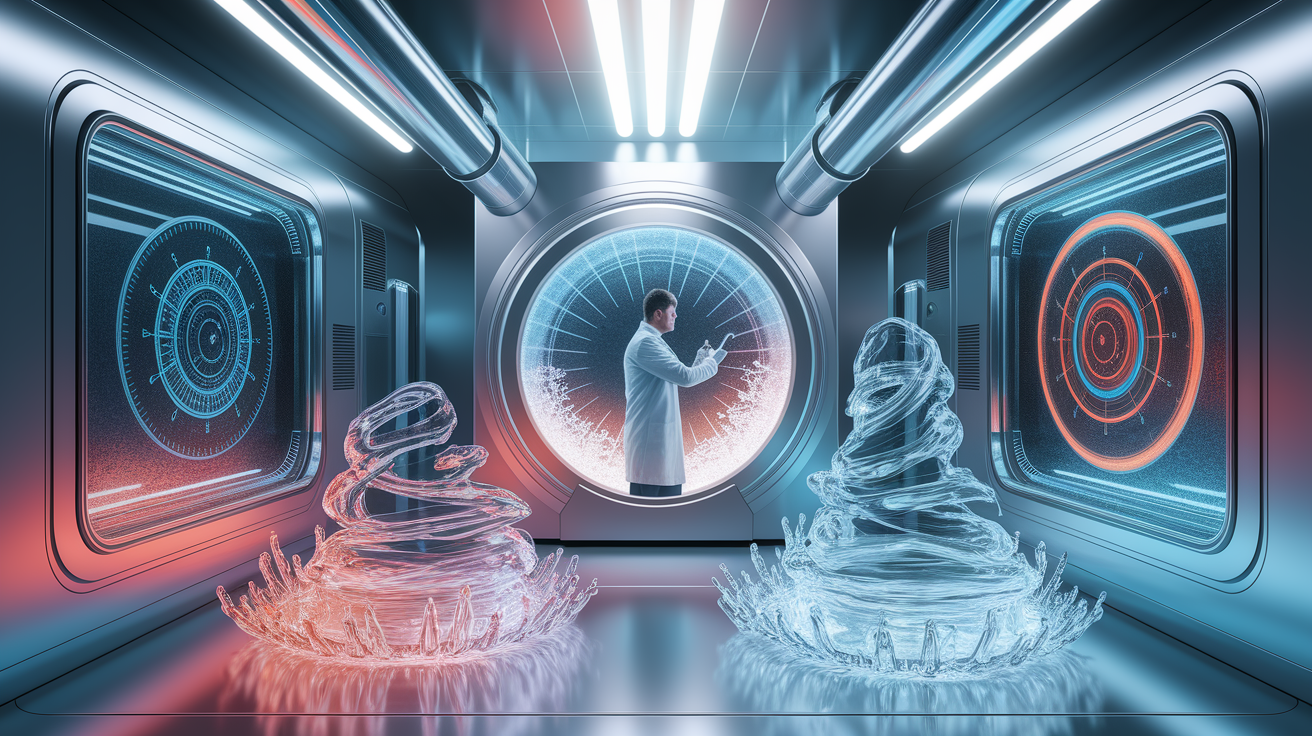
Recent studies suggest tailored freezing protocols could help reduce waste, improve nutrition retention, and ensure better food security worldwide. Imagine ice cream that never gets icy or strawberries that thaw as fresh as the day they were picked—science is getting us closer!
Conclusion – The Cold Truth
Freezing is more than just tossing leftovers into a cold compartment—it’s a carefully orchestrated process of stopping microbial troublemakers, locking in nutrients, and protecting texture and flavor. By following best practices and keeping an eye on advances in freezing science, we can enjoy safer, tastier, and longer-lasting foods. In the world of preservation methods, freezing truly is the coolest of them all.













